BIRC7
-
Official Full Name
baculoviral IAP repeat containing 7 -
Overview
PUMA (p53 up-regulated modulator of apoptosis) is one of the pro-apoptotic Bcl-2 family members that are also transcriptional targets of p53. The PUMA gene encodes two BH3 domain-containing proteins termed PUMA-alpha and PUMA-beta. PUMA proteins bind Bcl- -
Synonyms
BIRC7;baculoviral IAP repeat containing 7;baculoviral IAP repeat-containing protein 7;KIAP;kidney inhibitor of apoptosis protein;livin;livin inhibitor of apoptosis;melanoma inhibitor of apoptosis protein;ML IAP;mliap;RNF50;RING finger protein 5
Recombinant Proteins
- Human
- Mouse
- Zebrafish
- E.coli
- Insect Cells
- Wheat Germ
- Mammalian Cells
- HEK293
- In Vitro Cell Free System
- His
- GST
- Non
- Avi
- Fc
- DDK
- Myc
- Flag
Background
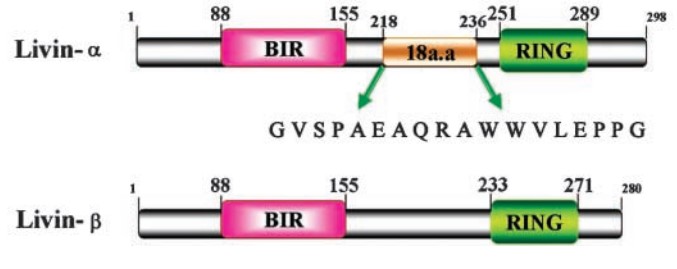
Fig1. The structure of two variants of Livin. The major 18 amino acids between two isoforms have been listed. (Ling Wang, 2008)
What is BIRC7 protein?
BIRC7 (baculoviral IAP repeat containing 7) gene is a protein coding gene which situated on the long arm of chromosome 20 at locus 20q13. This gene encodes a member of the inhibitor of apoptosis protein (IAP) family, and contains a single copy of a baculovirus IAP repeat (BIR) as well as a RING-type zinc finger domain. The BIR domain is essential for inhibitory activity and interacts with caspases, while the RING finger domain sometimes enhances antiapoptotic activity but does not inhibit apoptosis alone. The BIRC7 protein is consisted of 298 amino acids and its molecular mass is approximately 32.8 kDa.
What is the function of BIRC7 protein?
BIRC7 is an anti-apoptosis protein, also known as Livin. Its main function is to inhibit apoptosis and participate in the regulation of cell cycle. Specifically, the BIRC7 protein can bind to apoptosis-related enzymes such as Caspase-3 and Caspase-7, blocking their activity and thus inhibiting the occurrence of apoptosis. BIRC7 protein can participate in cell cycle regulation, promote cell proliferation and inhibit cell differentiation. It also maintains embryonic development.
BIRC7 Related Signaling Pathway
The most important pathway involved in BIRC7 is apoptosis pathway, which prevents apoptosis by binding and inhibiting the activity of caspase protein. BIRC7 can also regulate cell survival and apoptosis by interacting with some proteins in the NF-κB pathway. In addition, it is associated with the binding of mitotic spindles, which carry out cell cycle regulation.
BIRC7 Related Diseases
Overexpression of BIRC7 is common in a variety of cancers, such as breast cancer, gastric cancer, ovarian cancer, etc. Its inhibitory effect on apoptosis contributes to tumor growth and metastasis. At the same time, its abnormal expression is also associated with neuroblastoma, leukemia and other diseases.
Bioapplications of BIRC7
BIRC7 is believed to be a protein that promotes tumor growth and inhibits apoptosis. Researchers are exploring the use of inhibitors of BIRC7 as a potential tumor treatment strategy. At the same time, BIRC7 is being studied as a prognostic marker for patients with certain cancers, helping to assess disease progression and patient survival.
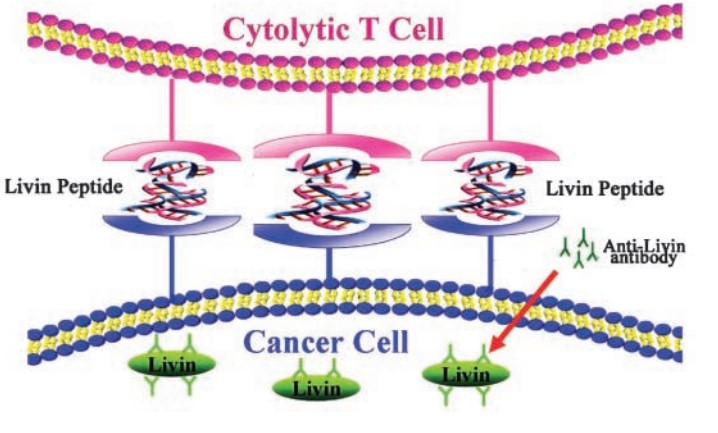
Fig2. Livin-directed immunotherapy approaches. (Ling Wang, 2008)
Case Study
Case study 1: Barbara Altieri, 2017
Livin/BIRC7 is a member of the inhibitors of apoptosis proteins family, which are involved in tumor development through the inhibition of caspases. Aim was to investigate the expression of livin and other members of its pathway in adrenocortical tumors and in the adrenocortical carcinoma (ACC) cell line NCI-H295R.The mRNA expression of livin, its isoforms α and β, XIAP, CASP3 and DIABLO was evaluated by qRT-PCR in 82 fresh-frozen adrenal tissues.
Livin, CASP3 and cleaved caspase-3 were evaluated in NCI-H295R after induction of livin overexpression.Relative livin mRNA expression was significantly higher in ACC than in ACA and NAG. In immunohistochemistry, livin was localized in both cytoplasm and nuclei. No significant correlations were observed between livin expression and histopathological parameters or clinical outcome.
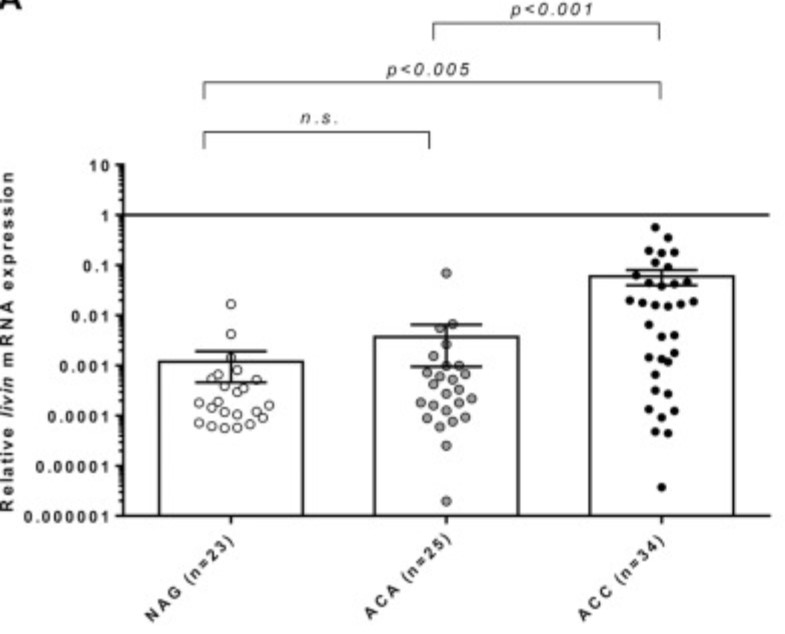
Fig1. Relative livin mRNA expression levels by quantitative real time RT-PCR analysis.
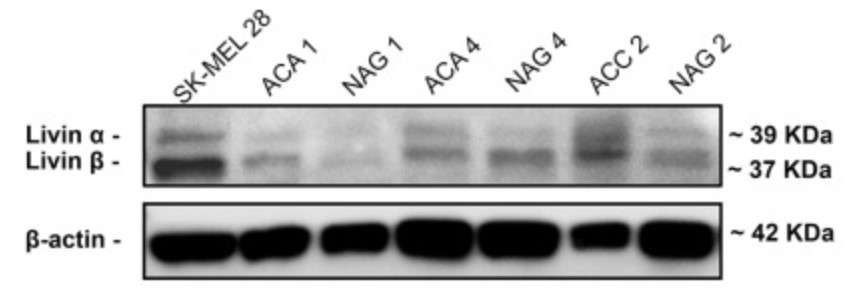
Case study 2: Fei Ma, 2020
Radiotherapy is one of the major remedies for the treatment of cancer, including nasopharyngeal carcinoma (NPC). Radioresistance occurs very often in target cells that is a large drawback in cancer treated with radiotherapy. Livin involves the over-growth of cancer cells. This study aims to investigate the role of livin in the radioresistance formation in NPC cells.
NPC cell lines were exposed to small doses of irradiation to establish a cell model of radioresistance, in which the role of livin in the development of radioresistance was evaluated. The expression of livin was observed in NPC cells, which was significantly increased after exposing to small doses of irradiation. A negative correlation was detected between livin and Fas expression in NPC cells. Livin formed a complex with heat shock factor-1 (HSF1, the transcription factor of Fas) in NPC cells after irradiation, which sped up ubiquitination of HSF1. Livin was involved in suppressing Fas expression in NPC cells with radioresistance.
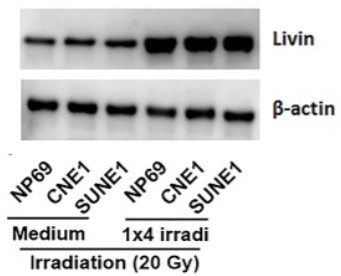
Fig3. Three NPC cell lines were irradiated at 1 Gy daily for 4 times (1×4 irradi). representative immunoblots show livin protein levels.
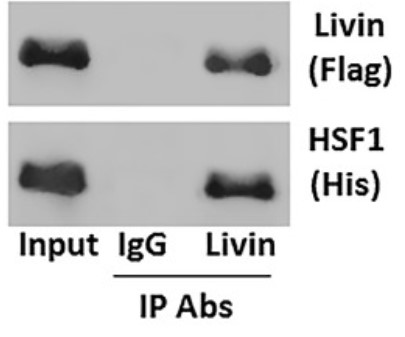
Quality Guarantee
High Purity
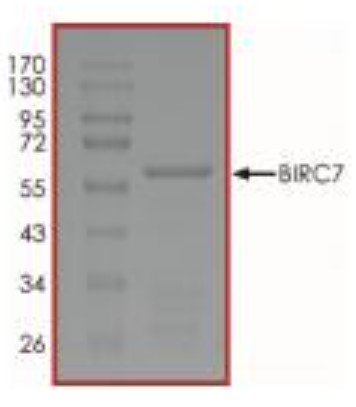
Fig1. SDS-PAGE (BIRC7-636H) (PROTOCOL for western blot)
.
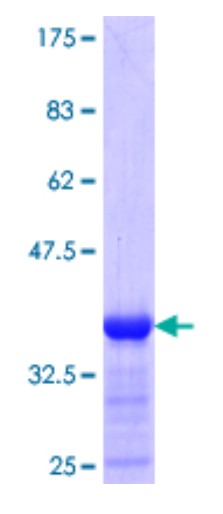
Fig2. SDS-PAGE (BIRC7-232H) (PROTOCOL for western blot)
Involved Pathway
BIRC7 involved in several pathways and played different roles in them. We selected most pathways BIRC7 participated on our site, such as Ubiquitin mediated proteolysis,Apoptosis,Toxoplasmosis, which may be useful for your reference. Also, other proteins which involved in the same pathway with BIRC7 were listed below. Creative BioMart supplied nearly all the proteins listed, you can search them on our site.
| Pathway Name | Pathway Related Protein |
|---|---|
| Apoptosis | DBNLA,CASP8L1,BNIP3LB,RNF8,DIABLO,STK24B,PPP3CC,PPP3CCB,DSP,BCAP31 |
| Ubiquitin mediated proteolysis | UBE2G1B,COP1,CUL3A,TRIP12,UBE2D1B,UBE2NB,FANCL,HUWE1,FBXO2,FBXW8 |
| Pathways in cancer | WNT2B,BDKRB1,FGF18,PPARD,BMP4,TGFB2,PLEKHG5,MDM2,RASGRP3,WNT11 |
| Toxoplasmosis | HSPA8,BIRC8,IFNG,IL10RA,BIRC2,BCL2L1,IFNGR1,IRGM,HSPA1A,CD40LG |
| Small cell lung cancer | ITGB1,NFKBIA,MAX,LAMC2,TP53,CCNE2,BIRC8,PTEN,PIK3R3,PIK3CD |
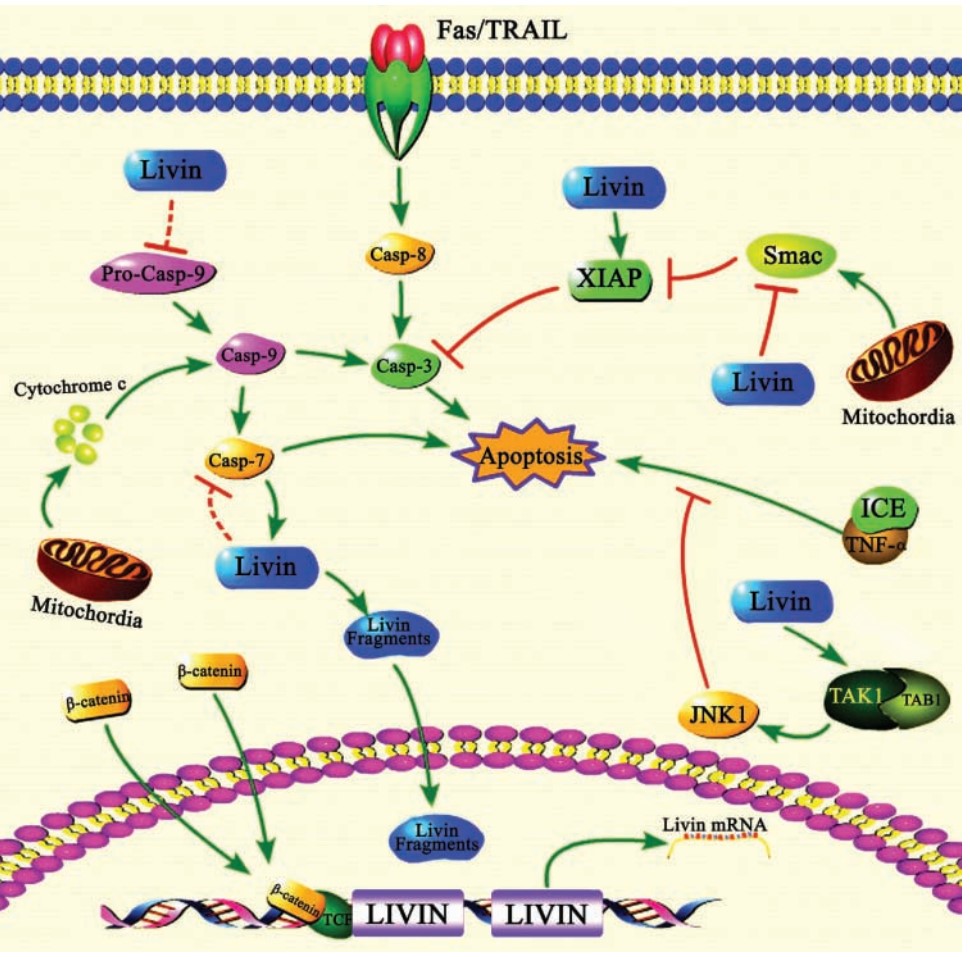
Fig1. Potential mechanisms by which Livin interacts with apoptosis. (Ling Wang, 2008)
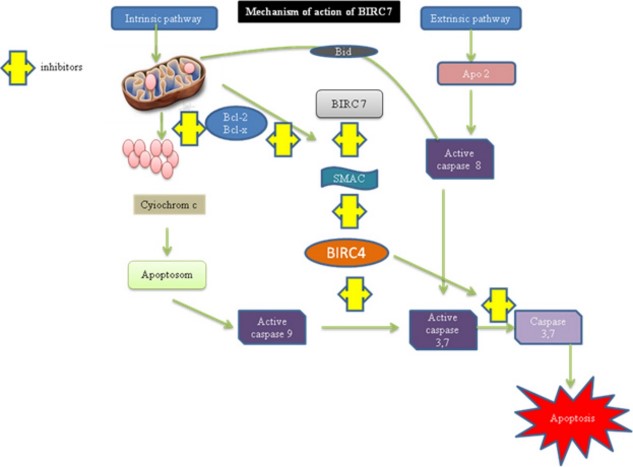
Fig2. Mechanism of action of BIRC7 via caspase pathway. (Mohammad Saleem, 2013)
Protein Function
BIRC7 has several biochemical functions, for example, cysteine-type endopeptidase inhibitor activity,cysteine-type endopeptidase inhibitor activity involved in apoptotic process,enzyme binding. Some of the functions are cooperated with other proteins, some of the functions could acted by BIRC7 itself. We selected most functions BIRC7 had, and list some proteins which have the same functions with BIRC7. You can find most of the proteins on our site.
| Function | Related Protein |
|---|---|
| ubiquitin-protein transferase activity | HUWE1,FBXW11,BIRC5,RC3H2,PDZRN3,MYLIP,MKRN1,TRIM9,UBA7,SKP1 |
| protein binding | ATP6V1F,PLIN3,PTPLAD1,TFDP2,COX5A,VDAC2,ALCAM,PPP3R1,GRIN1,ARL14 |
| cysteine-type endopeptidase inhibitor activity | NAIP1,CST9L,CSTA,AHSG2,SPOCK1,CST5,CST6,SERPINB3,AHSG1,SERPINB13 |
| zinc ion binding | ADAMTSL3,RBX1,LHX4,MORC2B,ZDHHC9,C11orf54,ZNRD1,KDM5B,CAR13,TRAF4B |
| cysteine-type endopeptidase inhibitor activity involved in apoptotic process | RPS6KA3,LEF1,NAIP1,BIRC5,TNFAIP8,ARRB1,BIRC3,XIAP,SERPINB1A,IGF1RB |
| ligase activity | RAG1,PELI2,SH3RF1,RNF135,TRIM23,RC3H2,RBX1,UBE2IA,TRIM8,SIAH1A |
| enzyme binding | EGFR,HINFP,SIRT3,TSPAN15,TH,MDM2,CRB2,MARCH6,EIF2AK3,GSTM7 |
Interacting Protein
BIRC7 has direct interactions with proteins and molecules. Those interactions were detected by several methods such as yeast two hybrid, co-IP, pull-down and so on. We selected proteins and molecules interacted with BIRC7 here. Most of them are supplied by our site. Hope this information will be useful for your research of BIRC7.
CASP9;DIABLO;POLR1C;PHF1
Resources
Research Area
Related Services
Related Products
References
- Durinck, S; Stawiski, EW; et al. Spectrum of diverse genomic alterations define non-clear cell renal carcinoma. NATURE GENETICS 47:13-+(2015).
- Vital, DAL; de Mejia, EG; et al. Peptides in common bean fractions inhibit human colorectal cancer cells. FOOD CHEMISTRY 157:347-355(2014).



